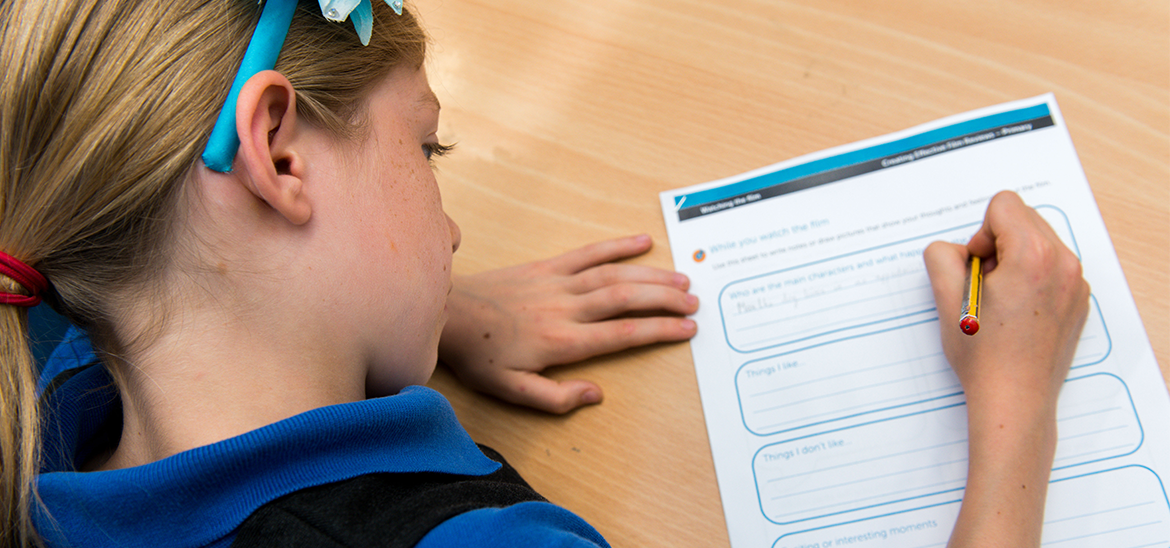Encouraging young people to review films can be a novel and engaging way to increase literacy, improve critical analysis and develop confidence and communication skills.
So what are the main areas to consider when teaching the art of review writing?
A good review should do three things:
1. INFORM
- Summarise Give a brief explanation of the plot (but don't giveaway the ending or any surprise plot twists, that's called a "spoiler").
- The Talent - Tell the reader who the director, writer and actors are (have a look on www.imdb.com, if you're not sure) and give some relevant background information.
- Contextualise - Put the film in context tell the reader about the genre (type) of the film or other similar films.
2. ENTERTAIN
- Describe Use interesting language to recreate for the reader the experience of watching the film. You can use similes, metaphors, puns and adjectives. Be funny! Readers love to laugh.
- Reference Help the reader to understand what the film is like by comparing it to other films they might have seen. This is also a good way to show off your film knowledge.
- Exaggerate Get your readers excited about the film either positively or negatively by using ‘hyperbole' or over-the-top, exaggerated language e.g. "Avatar has the best special effects since cinema was invented"
3. EVALUATE
- Evaluate - Tell the reader which bits were good and which bits were bad. Also, did you think it was a good or bad film overall? This is usually the last paragraph or sentence.
- Explain Don't forget to use interesting adjectives why it was good or why it was bad.
- Rate How many stars would you give your film (usually out of 5)?
Of course, before you begin writing your reviews, it's important to make sure that you understand some of the basics of what makes up a film, and are familiar with some of the words that are often used to describe various aspects of a film.
Learning the basics of what a film entails:
- The story or plot is what happens in the film
- Characters are the people whom the film is about and dialogue is the things they say.
- The director is the person who directs the making of the film.
- Scenery is the background of a film such as the furniture in a room or the surrounding landscape.
- The style is the overall feel of a film, the result of a combination of all the other parts.
Some Words to Describe (and encourage pupils to suggest others):
- Story / Plot: unpredictable / predictable, original, full of twists, realistic / unrealistic, complicated, simplistic
- Characters: funny, nice, mean, happy, miserable, cute
- Actors: talented, convincing / unconvincing, versatile
- Director: talented, famous, skilful
- Scenery: beautiful, ugly, spectacular, cinematic, city,
- Dialogue: witty, amusing, fast-paced, slow-paced, smart, boring, offensive, confusing, obvious
- Style: comedy, horror, romantic, scary, magical, action packed, adventure, old-fashioned, futuristic
Remind students that a review can never be 'wrong' and encourage them - even those least confident about writing - to have a go. You might be surprised at the result!



